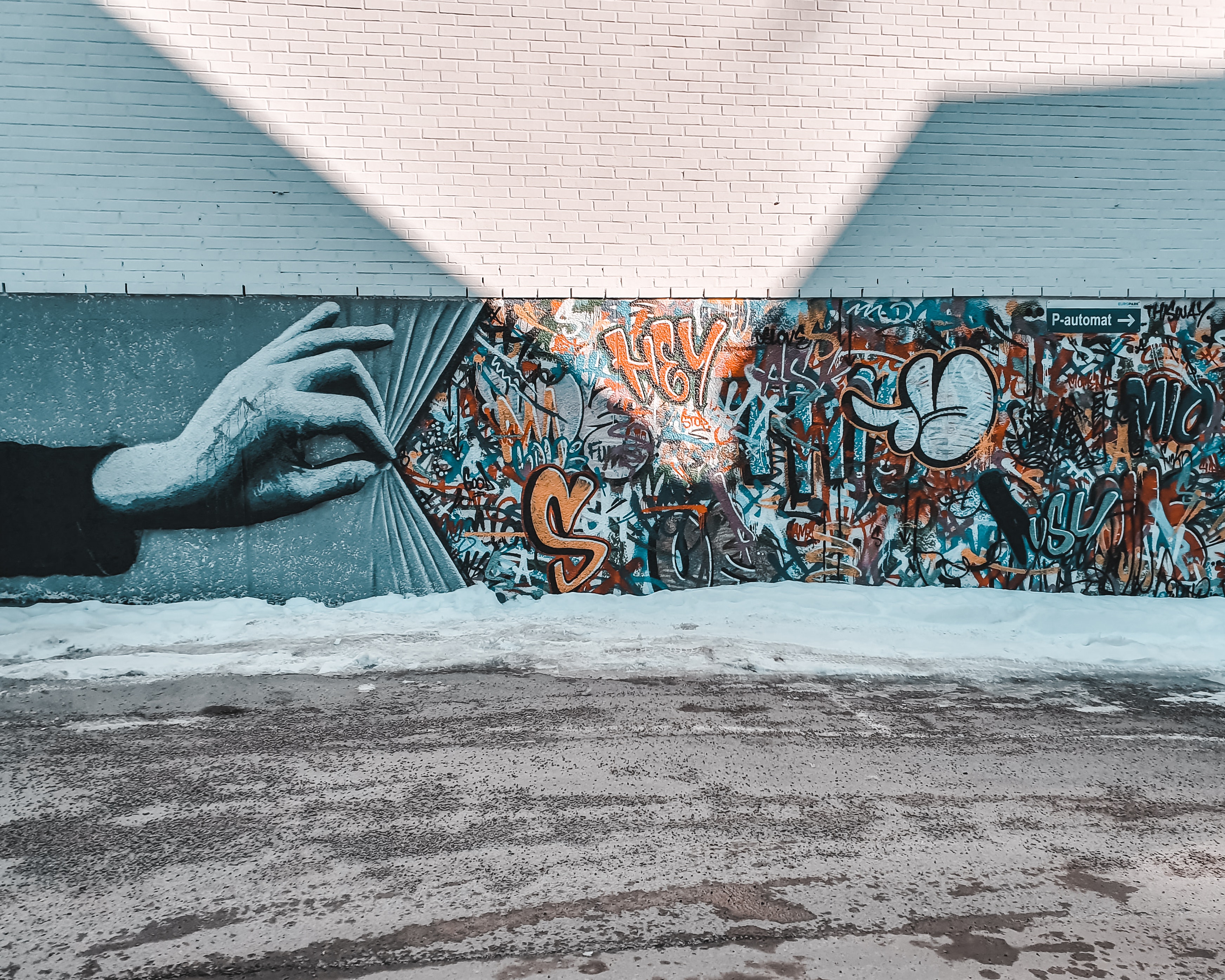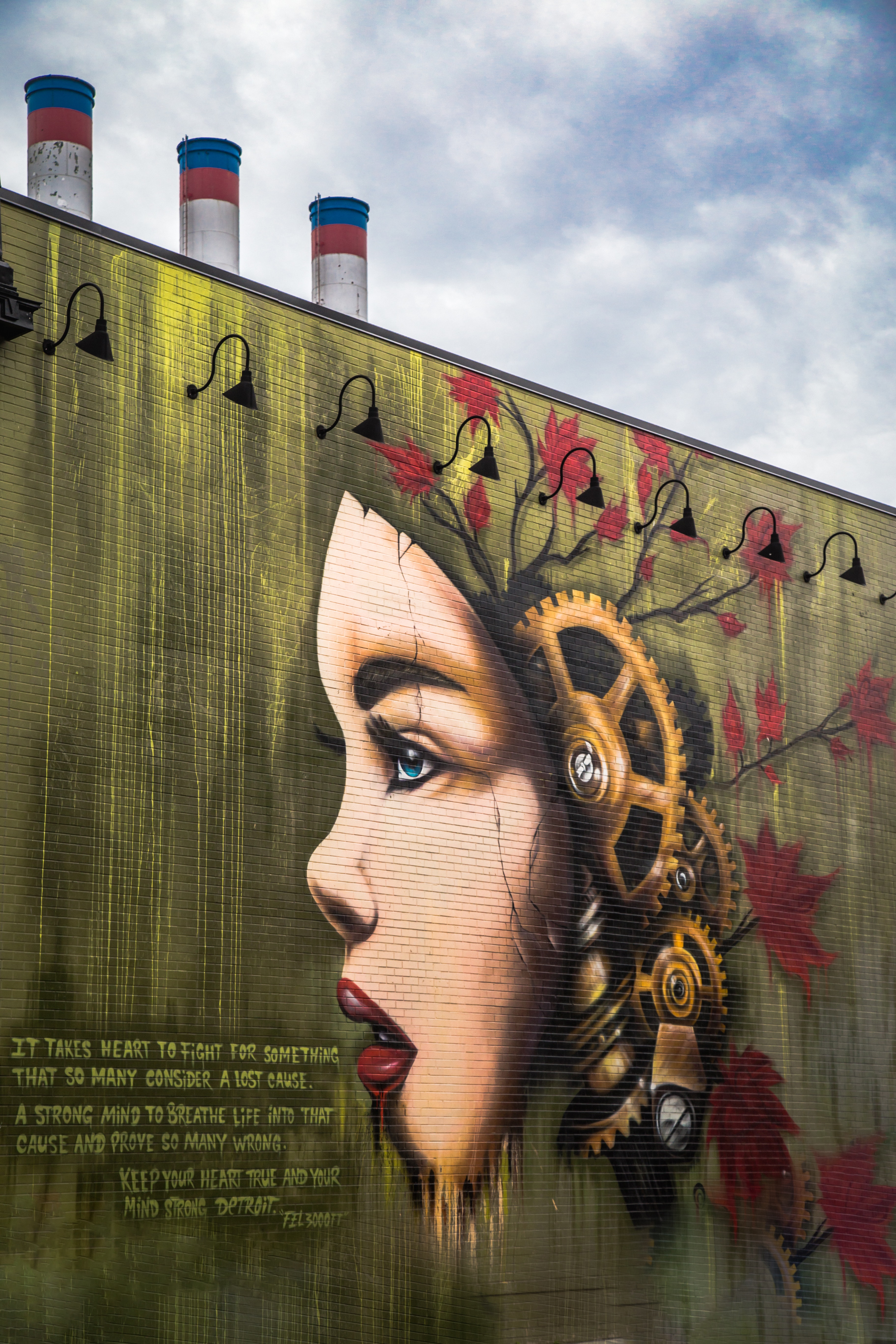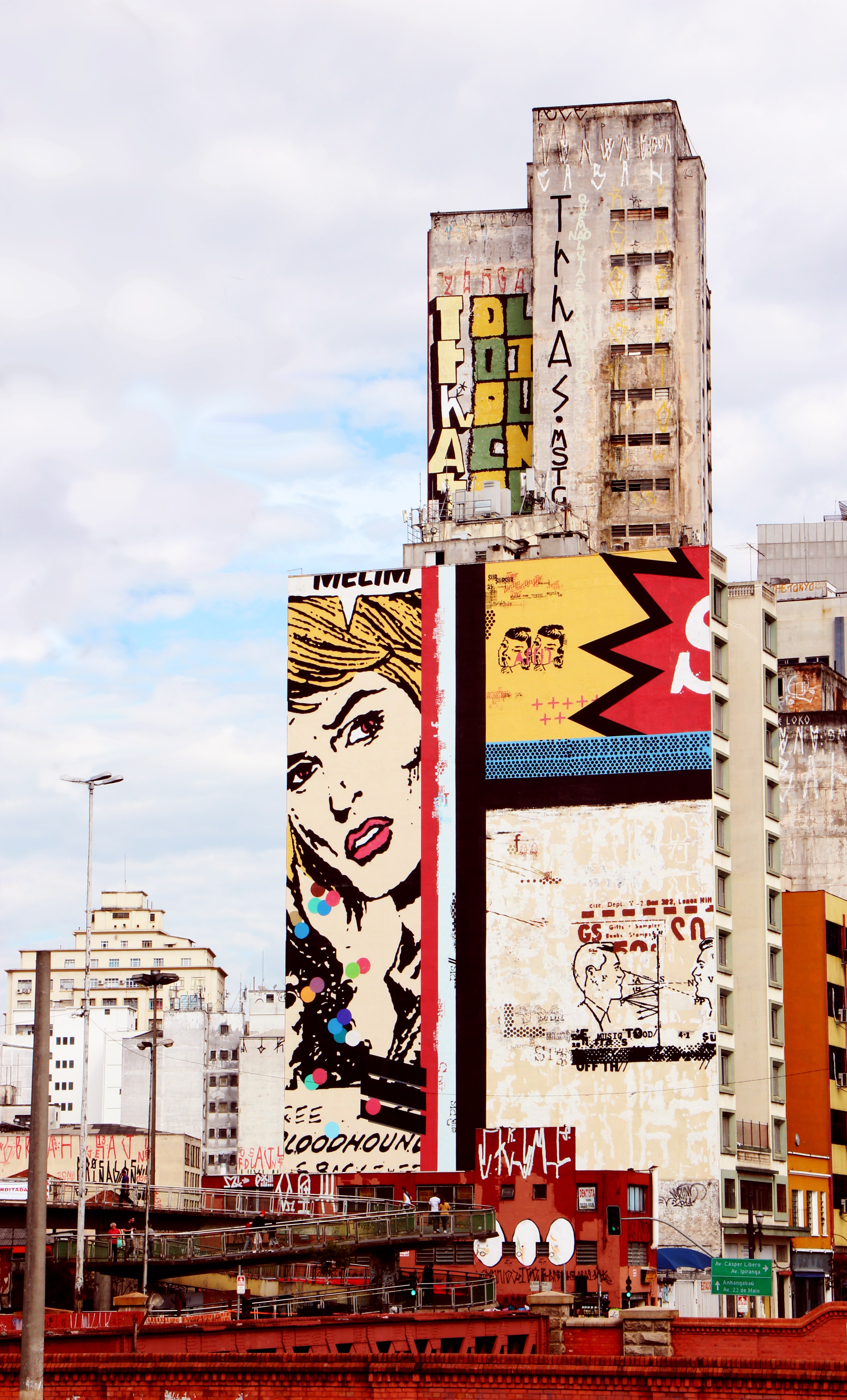
Have you ever wondered how Street Art went from being an act of rebellion to an accepted and celebrated art form? Let’s go in order and start from where it all originated.
This art is not confined within the four walls of a gallery or museum. No, it is alive and vibrant, painted on exterior walls, embedded in alleyways, and often, an active commentary on the social and cultural context in which it is found.
How did street art go from being considered a simple act of vandalism to a complex, influential and respected art form, so much so that it is celebrated by art critics and the art market?
Evolution of Street Art: from graffiti to Banksy’s revolution

At one time, street art was perceived as nothing more than youthful vandalism, a phenomenon called graffiti art, which started in the 1970s in New York. The first ‘tags’, or artists’ signatures, could be seen on underground walls and were not an artistic act, but a kind of affirmation of individuality by those who felt marginalised.
For decades, this primitive art remained relegated to the cultural undergrowth of the big cities, crossing American borders but always confined to an underground niche.
Suddenly, everything changed.
The emergence of an artist, whose identity is shrouded in mystery, had the power to change things and changed the art world. This artist’s name is Banksy.
BANKSY: THE ARTIST WHO CHANGED ART AND STREET ART
Banksy is an artist but also a political activist.
With his identity shrouded in mystery, he has made a rapid rise from the periphery of urban art to global prominence. His distinctive style is a mix of biting satire, social criticism and iconic imagery, which has had the power to change the public perception of graffiti art.
But what makes Banksy so extraordinarily influential?
Firstly, his works take the message out of the hidden corners of alternative art and directly reach the heart of society. Using the viral power of social media, photographic reproductions of his works travel from the wall to the world in the blink of an eye, catalysing discussion, controversy and, in some cases, even political change.
Moreover, Banksy did not stop at simple graffiti.
With performance art, complex installations and ambitious projects such as ‘Dismaland’, a temporary ‘anti-Disney’ theme park, he has continued to push the boundaries of what is possible in the domain of Street Art.
These interventions have raised many questions about the meaning of art, its role in society and how it can be used as a tool for social and political change.
Not only the media, but also the more conservative circles of institutionalised art, have had to come to terms with this innovative artistic expression full of social messages.
Banksy’s presence in auctions and art collections has also stimulated a heated debate on the authenticity and intrinsic value of art itself, bringing to light issues of ownership, authorship and commercialisation in a world where art is increasingly democratised.
In short, Banksy has acted as a catalyst, forcing the art world to reconsider its traditional definitions and established hierarchies.
With his ingenuity, audacity and ability to fuse art and activism, Banksy has truly changed the rules of the game.
THE URBAN ART REVOLUTION
Since Banksy appeared on the scene, street art has started a path of rapid growth and spread, becoming much more than just an appendage of contemporary art.
While this art form was once relegated to outdoor walls and subways, it now finds its expression in more traditional formats and institutionalised spaces. It has gained attention and recognition not only from the public but also from critics and the art market, earning itself a place of honour on the global art scene.
It is no longer rare to see street art works displayed in high-profile art exhibitions or sold at prestigious auctions. Academic institutions and art critics have begun analysing these works with the same rigour as more ‘traditional’ art forms such as painting and sculpture. Municipalities have also started to commission street art works to beautify public spaces, recognising its potential for community engagement and urban renewal.
If you are a fan of this art movement and are wondering where to explore some of the most extraordinary works, don’t miss the guide on European cities to visit to see street art.
Street art has become a platform for a diversity of voices and styles.
From complex and detailed murals to three-dimensional installations and digital art projected onto buildings, the landscape is incredibly diverse.
This art form has become a vehicle for social, political and environmental issues, offering artists a unique platform to express their visions and inspire change.
At the same time, the commercialisation and mainstreamisation of street art has raised new questions and ethical dilemmas.
Can street art retain its rebellious and non-conformist essence while being assimilated by the art market and popular culture? This is a question that continues to stimulate heated debate among artists, critics and admirers.
The urban art revolution has been a radical transformation that has seen this artistic expression emerge from the shadows to become a major cultural force. Not only has it gained legitimacy, but it has also expanded the boundaries of contemporary art, challenging established norms and inviting a broader reflection on the role of art in modern society.
THE BANKSY EFFECT
Today, the street art phenomenon is intrinsically linked to what has been universally christened the ‘Banksy effect’. This term has become a kind of indicator of the way street art has been accepted and gained respect in wider cultural circles. However, the Banksy effect does not stop at the simple legitimisation of urban art, but has also opened the door to a new wave of artists and styles, flooding the market with a diversity of expressions and themes.
In the digital age, street art, with the help of the Banksy effect, has become phenomenal on the web and social media. Images of the works are shared, commented on and analysed by a global community, thus extending the impact and reach of the art far beyond the geographical location where it was created. Hashtags related to street art and its most well-known artists quickly go viral, giving the art form an additional layer of visibility and resonance.
It is not only art per se that has benefited from this new wave of attention.
Street art has become a powerful vehicle for social change, pushing issues such as social justice, gender equality and environmental issues to the centre of public debate.
Thanks to the Banksy effect, works are no longer just aesthetic manifestations, but become tools for activism, stimulating discussion and, in some cases, concrete action.
The influences of the Banksy effect also extend to the world of fashion, design and advertising. Brands and designers are incorporating street art elements into their collections and campaigns, recognising the power of this art to capture attention and speak to a young, culturally aware audience.
For more examples of how street art is influencing other sectors, I invite you to read my article on “Kenny Random and O-Six: When Street Art Meets Fashion,” where I explore the growing influence of this art form in the world of fashion and design.
However, while the Banksy effect has helped push street art into the mainstream, it has also generated debates about the commercialisation of art and the loss of its original, rebellious essence.
Some critics argue that the explosion of interest may dilute the effectiveness of art as a tool for social criticism, while others see this trend as an opportunity for new voices and messages to emerge.
The Banksy effect is much more, therefore, than an isolated phenomenon. It has helped transform the perception and impact of street art, taking it from the outer walls of the city to the meanders of cultural, social and even political discussions.
It has opened a new chapter in contemporary art, one that prompts us all to reflect on the changing nature and power of art in our society.

The evolution of street art is a powerful testimony to the impact a single person can have in innovating and revolutionising an entire artistic field. And you, what do you think of the Banksy effect and the continued evolution of street art?

